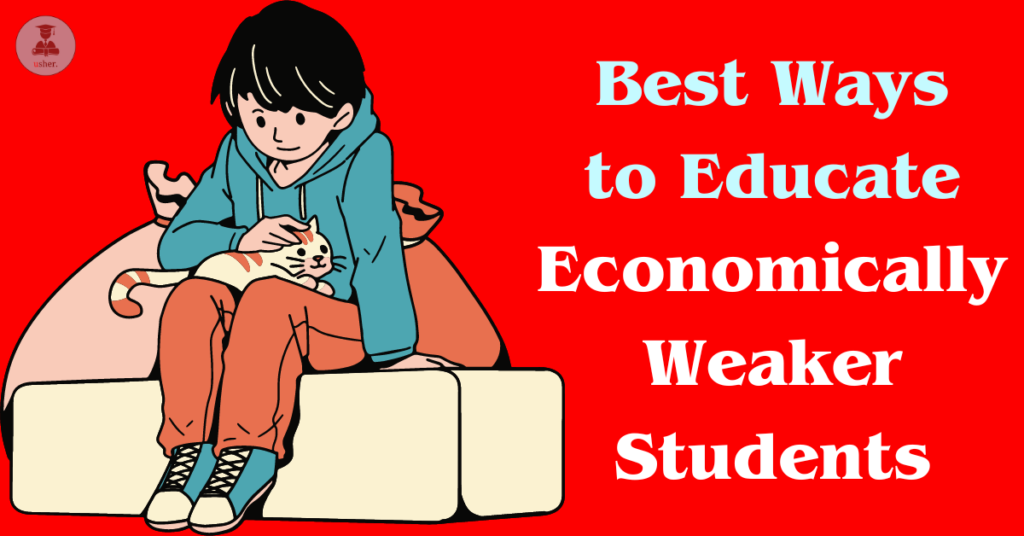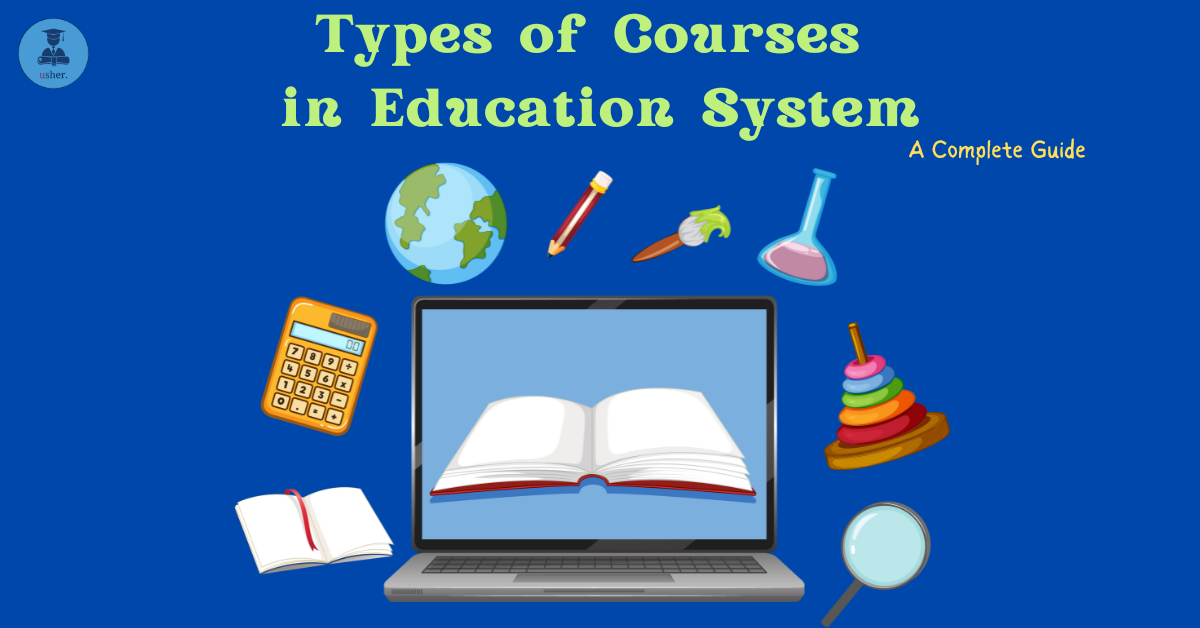Who Are The Economically Weaker Students?
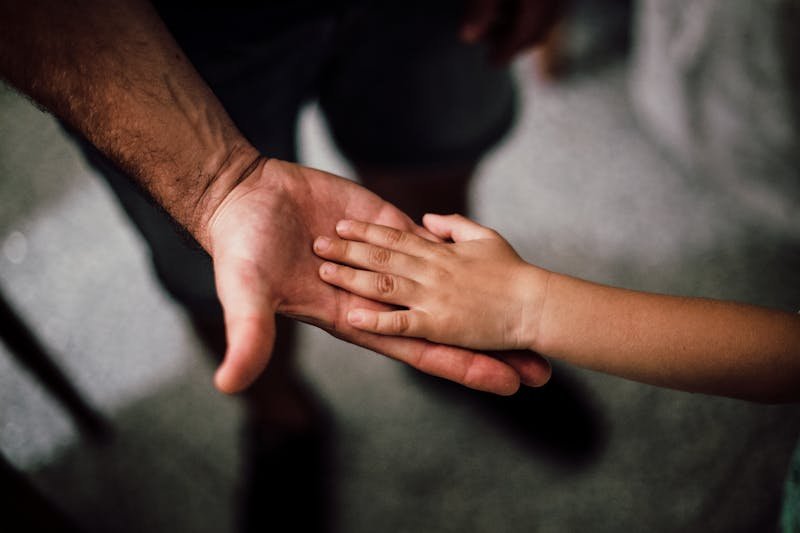
In simple terms, economically weaker students in India are those who belong to low-income families. They often have to face various socio-economic challenges that bar them from accessing a good quality of life, a proper education, and other academic opportunities.
Now, let’s have a look at the following factors that the economically weaker section of students has to go through on an everyday basis:
Low-Income Families
Education can indeed empower an underprivileged individual. However, the economically weaker section often needs to get the basic amenities and bear the cost of educational expenses. They do not even get proper healthcare, shelter, or sometimes even food. In such circumstances, it is really hard to continue studying.
Marginalized Communities
People from disadvantaged communities, like Scheduled Tribes (ST), Scheduled Castes (SC), and Other Backward Classes (OBC), most of the time, not only have to deal with financial crises but also have to face social discrimination. In several parts of our country, caste and religious prejudices are so strong that those who are discriminated against often have to leave their homes and migrate to better places. Also, due to a lack of awareness and understanding, the marginalized communities face several forms of socio-economic exploitation, which stops them from becoming educated.
Rural Backgrounds
Students from rural backgrounds frequently have to deal with inexperienced teachers, a bad-quality school system, and poor infrastructure. This impacts their academic performance and career growth. The government should take strict measures and keep a check on the school management to provide the best quality education to students.
First-Generation Learners
Several students are the first ones in their family generations to go to school or college. Most of the time, they lack proper guidance and family support. Due to this, students often face several complexities while pursuing their education. They have limited knowledge about financial aid, education loans, and scholarships.
Children of Migrant Workers
Migrant workers and their children often have to travel from one place to another in search of work and basic amenities like food and shelter. They face major challenges in enrolling their children in regular schooling. In such scenarios, distance learning can help students who migrate constantly.
Orphaned or Vulnerable Children
The most disadvantaged section of our society is the orphaned or vulnerable children. At times, these children do not have parents or guardians who can take care of them. They face several socio-economic challenges, and that too without any support from an early age. The government and several NGOs are working towards relocating these children, who also sometimes divert towards illegal means to earn their livelihood. These children also face emotional and physical violence that affects their mental health as well. But if proper care and counseling sessions are given to them, then they can improve and go ahead with their education.
We must understand that economic vulnerability could be of several different types.
Additionally, there could be many other social prejudices based on caste, religion, region, language, physical or mental disabilities, and even gender.
So, the best way to educate the economically weaker section is to carve out comprehensive strategies covering socio-economic and geographical barriers.
These barriers stop students from pursuing education.
This article raises some important questions that poor students often face daily. And now that you have understood who these economically weaker students are, let’s read on to learn more about the measures we can take to help them.
Why Is It Important to Educate Economically Weaker Students?
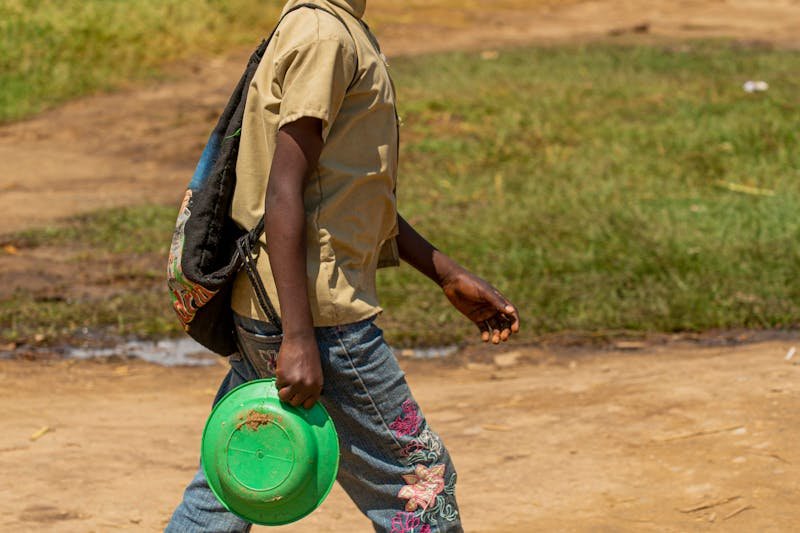
We must educate economically weaker section and provide them with quality education for the following reasons:
Equal Opportunity
We can help poor students and provide them with equal and quality education. Imparting knowledge helps to spread equality in the society. Young minds become more aware of the social stigmas and they learn to accept others without any discrimination. This is the way educational institutions can uplift economically weaker students. Helping equal opportunities for students to thrive together and do something substantial for their communities.
Breaking the Cycle of Poverty
The best way to help poor students is through education. It empowers them to break the poverty cycle and live a quality life. The government and NGOs have started several schemes that help economically weaker students develop new skills and get jobs. Resources like computers, tablets, books, and stationery items have been provided by many organizations in the past to uplift underprivileged pupils. Education is the only way through which these students can not only empower themselves but also financially support their families shortly and do something for society.
Social Cohesion
Education teaches people about accepting those who come from diverse backgrounds. It eradicates social evils from society and promotes tolerance, cooperation, and understanding of each other’s culture and customs. Schools and colleges can encourage students to participate in civic activities and cultural functions. This will improve social cohesion and stability.
Economic Growth
A country sees long-term economic development when the government invests in the education of underprivileged students, and provides them with equal learning opportunities. India needs a large skilled workforce that can handle innovation, management, productivity, and the global economy’s competitiveness. Assuring in-depth knowledge, and skill development to all sections of society and helping India harness the full potential of human resources and drive economic growth.
What Are The Pros And Cons of The EWS Reservation Policy Made for An Economically Weaker Section?
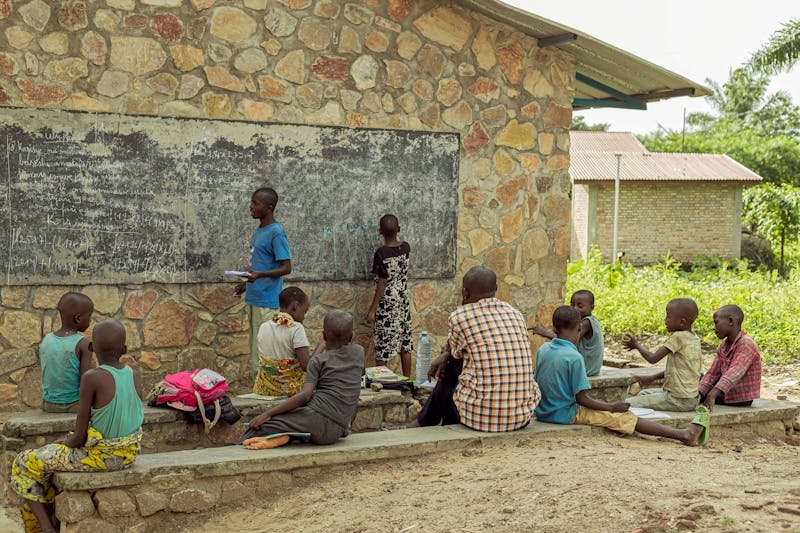
In India, economically weaker students have dealt with unfairness and social injustices in the past. Because of this issue, the Indian government has introduced several policies like EWS reservation to empower underprivileged people and give them proper education and jobs. EWS reservation reserves a certain amount of quota for the deprived class in government universities and in the job sectors. However, the government intended to uplift the poor and downtrodden people, but there are some challenges that the public needs to be facing in the education and employment sector. Now, let’s discuss the pros and cons of this policy.
Pros:
Social Acceptance
The EWS reservation policy aims to uplift the economically weaker section by helping them get educated and employed. Education has the power to change the mindset and broaden the thinking horizon. In schools and universities, students intermingle and learn about each other’s customs and culture, thus promoting social awareness and acceptance. This scenario also takes place in offices where colleagues work together and celebrate each other’s culture. EWS gives opportunities to a large section of economically deprived people, encouraging them to go to educational institutes and participate in the workforce of the nation.
Giving importance to merit
The government intends to give equal opportunity to those who are deserving and need financial support. The EWS scheme aims to make education affordable for everyone and help those who have faced social injustices for generations.
Diversity
EWS promotes diversity in schools, universities, and workplaces. When people from all social and economic walks of life gather in an institution, because of reservation schemes like EWS, an amalgamation of cultures takes place.
Poverty Alleviation
EWS reservation helps economically weaker section students to get education and employment that ultimately uplifts their financial situation and alleviates them from poverty.
Cons:
Reverse Discrimination
Even though EWS reservations provide many opportunities to poor and underprivileged people, however, critics debate that general-category students who don’t come under the reservation policy have to face immense cut-throat competition for limited positions or seats in government organizations and educational institutions.
Creamy Layer Exclusion
Another criticism that EWS reservation faces is that the policy needs to effectively benefit the actual underprivileged students and the creamy layer category consumes the benefits. Students under this creamy layer category are relatively affluent, but they take the benefit of the schemes that are designed to help poor students’ education.
Impact on Merit
One more argument against the EWS reservation policy is that it prioritizes individuals based on their financial status rather than merit. Suppose a student from the general category scored 90 percent on an exam. He deserves to be given a position in an organization that he applied for. However, someone who got 30 percent in the same examination gets the position because he is from an economically weaker section. Now, the question arises as to who is more deserving here.
Administrative Challenges
There should be transparency and fairness while selecting candidates from the economically weaker section. We should implement proper rules that accurately identify those students who need financial help. This is another loophole in the EWS reservation policy that needs attention.
In conclusion, EWS reservation was started to curb the socio-economic disparities and help the economically weaker students. However, there are some challenges like reserves discrimination and creamy layer exclusion, due to which many deserving students need to be getting the benefits of this policy or facing unfairness.
What Are Effective Strategies for Educating Students from Low-Income Backgrounds?
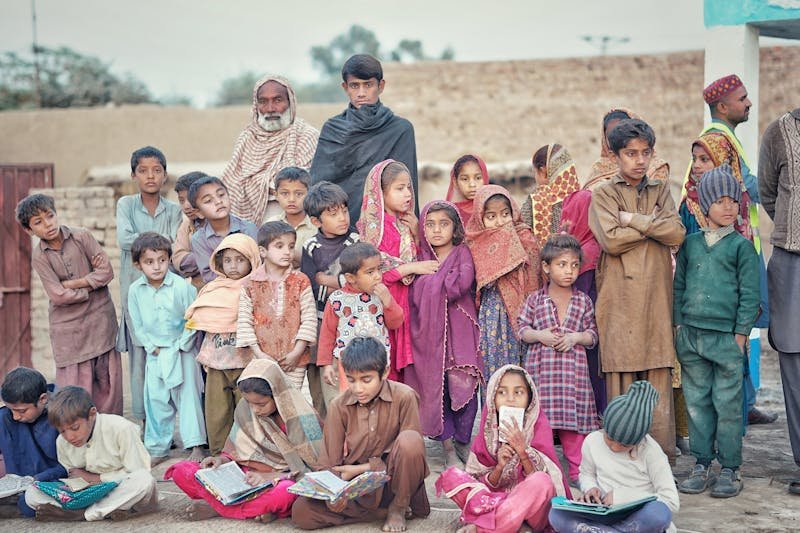
It is a big challenge to teach students who are from economically weaker sections. Because these students are mostly living under so much distress and scarcity, their problems are also very unique. The NGOs or government organizations that are working towards their upliftment have to provide many resources for students in poverty. Proper strategies for teaching students in poverty have to be planned. So, let’s see the following ways in which underprivileged students can be helped:
Bonding with students
Poverty-stricken children often don’t get basic love and care from society, especially those who are living in shacks or are homeless. Most of them are also unaware of the importance of education and often resort to begging or minuscule jobs. They have to be taught about why education is important and about the social evils that poverty brings with it. It is important to teach them how to think and how to improve their quality of life through education. These are some of the basic issues; other than that, there are many topics that teachers must touch upon to educate these young minds. Teachers must work towards creating an environment that gives enough comfort to students so that they can share their ideas and ask questions without any hesitation.
Sensitivity towards varied cultures
The special schools made for the economically weaker section should be designed in such a manner that children from different cultural backgrounds, languages, religions, and even family dynamics are treated equally. The instructor could communicate with and understand those underprivileged students and gradually bring them on the same page to learn together.
Varied instruction styles
Students from poverty-stricken backgrounds either have never visited schools or dropped out of school at an early age. There are high chances that they may not be even interested in studying further, resort to illegal means, or do small-time jobs to earn money. Their curriculum must include various instructional styles, like audiovisual learning and critical thinking activities.
Focusing on students’ basic needs
There are times when the government and NGOs run programs that help and relocate rescued children. It is extremely important to first fulfill their basic needs, like food, clothing, and shelter, and then gradually encourage them to study. We must make sure to create a conducive environment so that children feel safe and show interest in learning.
Creating a proper study and daily life routine
While handling underprivileged children, we need to understand where they live, what kind of environment they are living in, and what they are doing the entire day. And how can we include studies in their daily schedule? If the government and NGOs want to help, then they must plan a daily routine for these children to successfully implement their program. The routine must include a proper study and daily life structure for students. The organizations can include active learning methods, physical exercises, meditation, games, and awareness campaigns in which the instructors can teach students about social stigmas, the importance of health maintenance and sanitation, and the value of education.
These strategies can strengthen the critical thinking abilities of students and make them ready for a bright future.
What Can We Do to Lessen The Gap between Affluent Students And Economically Weaker Students?
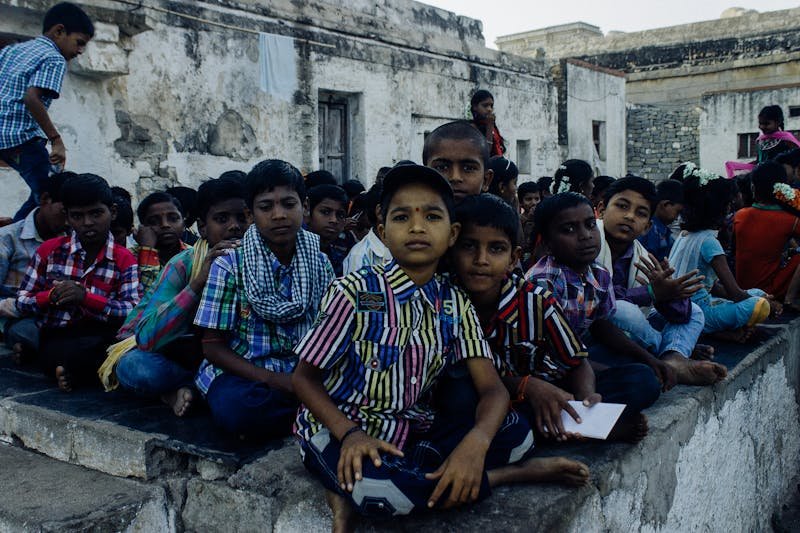
It is not easy to lessen the gap between affluent students and economically weaker students, because they come from completely different backgrounds. However, there are some practices that we can do that can bridge the gap to some extent. Now, let’s have a look at the following strategies to help poor children:
Use of proper funding in the schools
The government must provide proper funding to those schools that deal with economically weaker students. With this funding, the schools can provide proper mid-day meals, clothing, school textbooks, and stationery items to underprivileged students.
Giving quality education to students from an early age
We need to build the basic foundation of underprivileged students, so that they can think critically, gain knowledge, and make informed decisions professionally and personally, just like their affluent counterparts. So, for that, it is important to provide quality education to students from an early age.
Providing a comfortable study environment
Poverty-stricken children come from a background where they did not even get the necessities. Due to this, there is a possibility that they may feel alienated, and lack confidence in the class. So, it is important to provide a safe and comfortable environment in the class, so that these children can ask questions or share their thoughts and ideas.
School dropouts on the rise
Lately, there have been several instances, where underprivileged students drop out from the classes. It could be due to a lack of interest, not being able to understand the topics, or wanting to go back to their old ways. So, teachers must keep motivating students through active learning methods, so that the students stay interested in continuing their studies. Few awareness campaigns about the importance of education can also help with this issue.
Importance of engaging parents and community in education campaigns
It is also very important to give a safe and motivating environment to students at home. So that they remain interested in studies. Students sometimes face abuse and several distractions at home, for example, in an abusive household. There are times when poor parents want their children to earn a livelihood and not waste time studying. So, it is important to change their mindset and run various awareness campaigns.
Technology
The world is advancing towards sophisticated technology like AI. And most of the fields have become automated. So, it is high time that students should be taught in a way that they get proper training in handling different technologies and become skilled.
Usage of academic data
Using student data like their academic performance, attendance or participation in classroom activities can help teachers to better assess the needs of students and provide them personalized training.
How Can We Effectively Use Online Teaching to Educate Underprivileged Students?
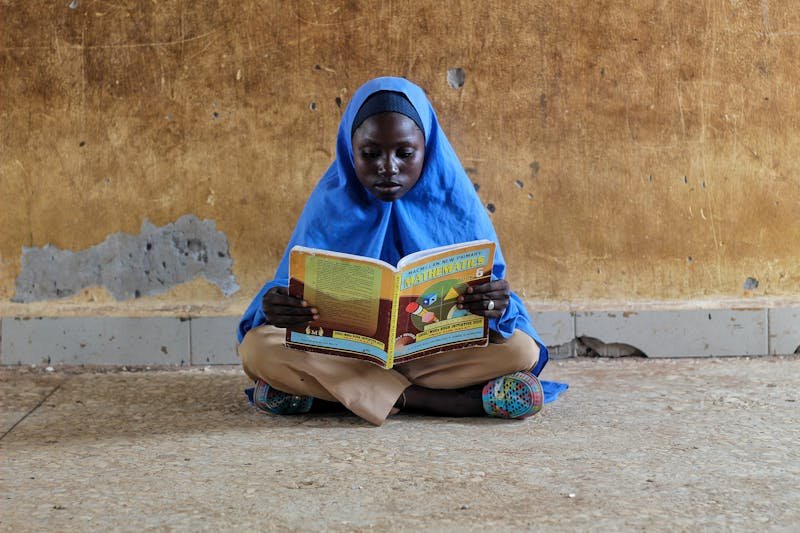
To help poor students in their education and to effectively use online teaching for them, we must carefully plan the curriculum and the resources that will be needed. And also whether those resources are easily accessible or not. Now, let’s see the following ways through which we can effectively use online teaching for the economically weaker section of students:
The Internet and devices should be accessible
We must ensure that pupils get access to computers, smartphones, or tablets and have a stable internet connection so that they can pursue their online education. Secondly, the local government must help the educational organizations provide the devices at subsidized rates so that they can be given to economically weaker students.
Avoiding complex technology
We must not give complex software to students who have just started using computers and are at a beginner level. The online teaching platforms should be user-friendly and easier for students to understand and browse.
Arranging low-cost resources for poverty-stricken students
It is crucial to first survey what type of resources the underprivileged students need. How can we help them regarding the resources and then help them? Low-cost resources can help a large number of students so that we can lessen the gap between them and affluent students. We can use trial versions of software and free learning apps to teach the children.
Providing pre-recorded lessons to students
There are times when students are unable to attend live classes due to several reasons. Some of them are also working to make ends meet. So, recorded lessons help students catch up with the class lessons and rewatch them to get a better grasp of the topic. The learning apps can also put quizzes, discussion forums, and polls that can help students in active learning and interact with other students. This will help them to do topic-related discussions and polish their technical skills.
So, these are some very important online learning strategies that special schools and colleges can use for economically educating poor students.
What Are Some of The Best Free Education Centers for Low-Income Students in India?

Let’s have a quick look at the following best free education centers for low-income students in India:
Pratham
This NGO is one of the most famous and largest organizations in India. It works towards providing the best quality education and free education for economically weaker students. Pratham’s focus is on developing students’ skills right from the elementary level, especially those who dropped out of school due to financial or personal issues. This NGO has started many campaigns like “Read India” to help poor students get educated and employed.
Teach for India
This NGO (non-profit organization) trains young instructors so that they can teach in schools built for economically weaker students. Teachers must commit to a minimum of two years of teaching in these schools. The Teach for India Foundation focuses on providing quality education to poor students and helping them.
Akshaya Patra Foundation
The Akshaya Patra Foundation aims to provide proper mid-day meals to schoolchildren who come from underprivileged backgrounds and study in government schools. You may have heard in the past that many students are often fed low-quality food at midday meals, due to which they either get sick or are hospitalized. In some situations, many students even die due to unhygienic and insect-infested meals. So, the Akshaya Patra Foundation aims to address this issue and provide nutritious meals to poor students. Due to this, it has been observed that poverty-stricken children continue to visit schools when they receive proper meals in schools.
Barefoot College
This college aims to develop the skills of learners who come from rural communities. They help these learners and provide them with training in sectors like water management, healthcare, and solar energy. Here, the learners are mostly adults who receive training to earn a better livelihood. Barefoot College also offers several training programs to make women aware of marginalized communities and help them develop skills.
CRY (Child Rights and You)
CRY is one name that many of you may have heard in the past. They work towards ensuring the right to education for underprivileged children. In the past, the CRY Foundation has come up with many initiatives and campaigns to relocate people and improve their lives by providing education to them, especially those who belong to the marginalized section of society.
These are some of the examples of NGOs that have constantly worked towards uplifting the living conditions of poor people, especially children, and giving them a dignified life by educating them.
What Are Some Effective Strategies for Inspiring Underprivileged Students to Succeed?
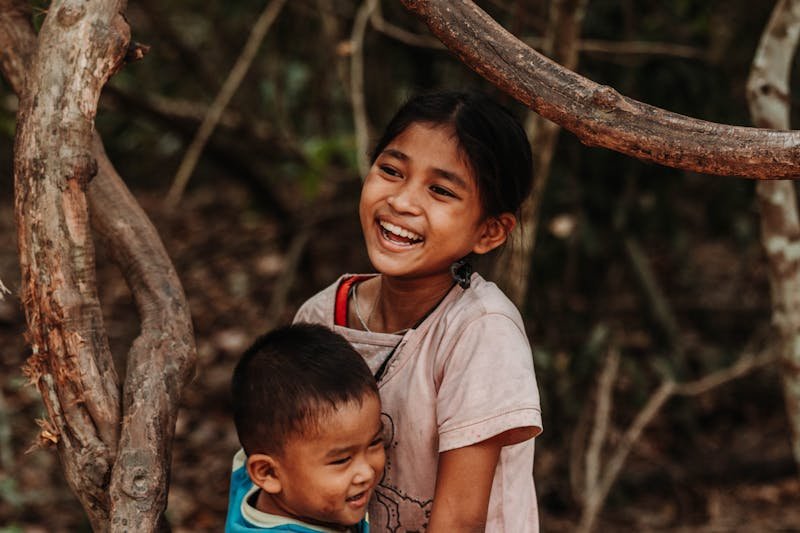
Motivating underprivileged or poor students can be a challenging task, given the fact that they might have lived a very harsh life in the past. But with compassion and proper counseling, we can help these low-income students and mentor them to improve their lives. Now let’s see some other tactics that we can use to motivate the economically weaker students:
Establish your goals
Carve out a plan for achieving short- and long-term goals. The larger goals need to be broken down into small and manageable tasks and disseminated to employees and volunteers who can execute them successfully. It is important because dealing with underprivileged students who come from diverse socio-economic backgrounds must be tackled in a specific way. They have a variety of emotional and psychological issues. So, one must prepare a clear plan to help these children and motivate them.
Motivation Through Real-Life Examples
We must bring up real-life success stories of people who have changed their lives through education. It would have a greater impact if the success stories of underprivileged people were narrated to these students. This will motivate them and encourage them to ask questions about how they can also turn around their lives and become like their successful counterparts.
Providing a personalized learning experience
To provide high-quality education to economically weaker students, it is important to provide them with a personalized learning experience. Teachers must be trained enough to understand and recognize a learner’s interests, strengths, and weaknesses. Use active learning methods so that the students take an interest in understanding subject concepts, and encourage them to talk about topics that interest them the most. In this way, the students can be pushed towards the field they like.
Building strong relations
It is important to build bonds with people from underprivileged backgrounds so that they will open up and talk more about the socio-economic issues that they have faced in life. And help can be provided to them as per their needs.
Setting high expectations
Teachers must set high expectations for their students. It is not advisable to think that just because the students are from a poverty-stricken background, they don’t have the potential. Teachers must keep stimulating students’ minds so that it improves their thinking ability. Also, setting high expectations and conducting regular class tests and group projects will motivate the students to prove themselves to their teachers.
These are some of the most basic yet useful strategies that educators can use to motivate their students and help them achieve success in life.
How Do Education Centers Improve The Lives of Underprivileged Students?
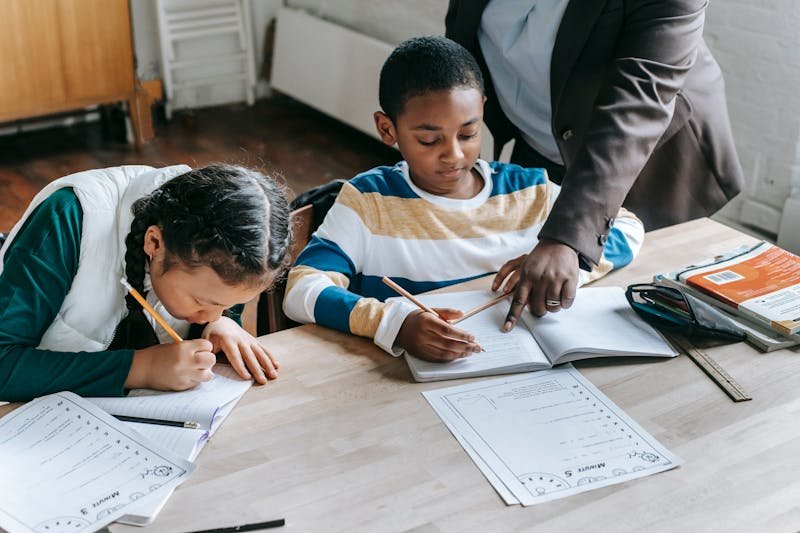
There are several ways in which education centers have worked towards improving the lives of economically weaker students. Let’s see the following ways that can help improve the life of a poor student:
Quality of Education
A constant effort has been made to provide quality education to underprivileged students and improve their standard of living. Many of the learners who studied under government and NGO special education programs have benefited from them. It is very important to provide these students with a quality education because they don’t have access to qualified instructors or a structured environment for learning and growing.
Academic Support
Economically weaker students don’t get a proper learning environment at home. They don’t have people around who could help them with their studies. So, education centers can provide extra classes, tutors, assignment assistance, and remedial classes to help those who are very new to learning. However, teachers must also encourage and teach students to indulge in self-study. The key to their quick acquisition of skills lies in their dedication to practicing regularly.
Skill Development
It is high time that we move towards skill development training rather than just scoring high percentages. We can improve a student’s critical thinking and problem-solving abilities with various learning activities that will require him to participate in group projects or debates. This will also improve a student’s communication skills and help him get a job.
Teaching about Confidence and Empowerment
Poor students, especially battered children, may have confidence issues. Educators must run awareness classes where these students can learn about making informed decisions in life and staying away from crime and other social evils. These kids need a proper upbringing and not just a school curriculum. So, educators must focus on these aspects as well and help children boost their confidence levels.
Indian Government Schemes for Underprivileged Students
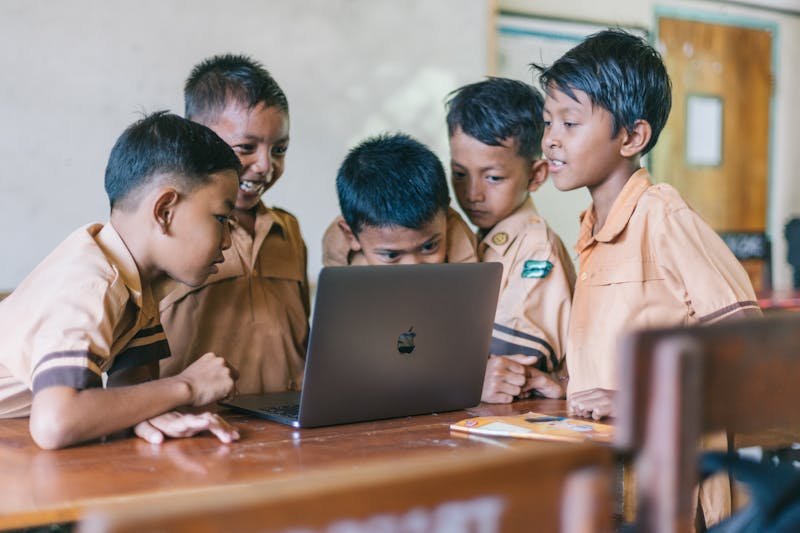
The Indian government has also introduced several schemes to uplift the situation of underprivileged students across the country by providing them with education. Let’s see the following list of schemes:
Sarva Shiksha Abhiyan (SSA)
This scheme was started to support marginalized communities and provide them with education. It focuses on providing basic elementary-level education to every child. Many new schools were founded, free textbooks were distributed, and scholarships were offered to poor students under these schemes.
National Means Cum-Merit Scholarship Scheme (NMMSS)
Special scholarships were provided to economically weaker students who were studying from grades 9 to 12 so that they didn’t drop out of school and remained motivated to study further. The scholarships were provided based on merit.
Post-Matric Scholarship Scheme for Minorities
Financial assistance and scholarships were given to minority community students under this scheme so that they could continue their studies. This scheme specifically focused on higher education and post-matriculation-level students. The aid covered important expenses like tuition fees, maintenance allowances, and other expenses.
Other schemes include the following:
- National Scholarship Portal (NSP)
- Rashtriya Madhyamik Shiksha Abhiyan (RMSA)
- Pradhan Mantri Scholarship Yojana (PMSSY)
These are some of the schemes and initiatives that the government and NGOs have taken to help economically weaker students and give them a new lease on life.

